Keynote Speakers
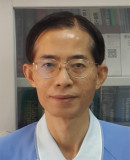 |
Prof. Kuo-Lin Huang |
| National Pingtung University of Science and Technology | |
| http://ese.npust.edu.tw/files/11-1095-82.php | |
|
Title: Coming soon… Abstract: Coming soon… |
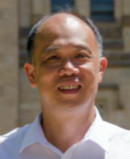 |
Prof. Wenzhe Tang |
| Tsinghua University | |
| http://www.civil.tsinghua.edu.cn/he/essay/346/643.html | |
|
Title: Coming soon… Abstract: Coming soon… |
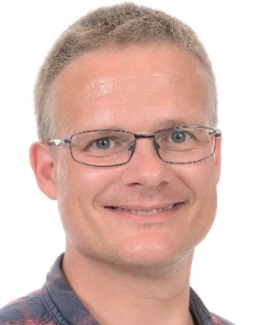 |
Prof. Miklas Scholz |
| Lund University | |
| http://www.tvrl.lth.se/personal/teachers-researchers/miklas-scholz/ | |
|
Title: Coming soon… Abstract: Coming soon… |
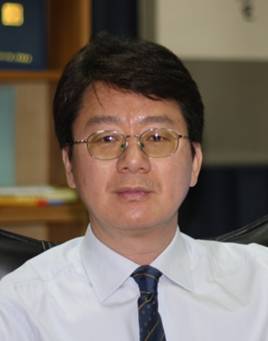 |
Prof. Guoqian Chen |
| Peking University | |
| http://en.coe.pku.edu.cn/Faculty-by-Dept/6.htm | |
|
Title: Trade imbalance in terms of carbon emissions Abstract: Globalization has initiated the separation of products’ production and consumption, and led to unparalleled environmental impacts induced by international trade. Hence the responsibility for emissions are unevenly distributed among economies owing to leakage effects. This study constructs a systems multi-regional input-output (MRIO) model to expound on the evolution of carbon emissions embodied in global transfers covering 43 countries and 56 economic sectors from 1995 to 2009. Results imply that total fossil fuel related CO2 emitted globally maintains a persistently increasing trend, which grows from 1.75E+4 Gt in 1995 to 2.37E+4 Gt in 2009. Between 26.49% and 32.99% of total carbon emissions are embodied in international trade. Moreover, net carbon emissions imports from poorer developing countries (e.g., mainland China and India) to wealthier developed countries (e.g., USA and Japan) grow from 7.97E+02 Gt in 1995 to 1.10E+03 Gt in 2009, implying an intensifying ecological unequal exchange through international trade. Such emissions and production transfers make emissions reduction in developed countries lack credibility. The results could provide a new insight for responsibility distribution of emissions mitigation burdens. Furthermore, international cooperation and establishment of zero-sum relationship for sustainable emissions management targeting on both producers and consumers should be adopted by governments. |
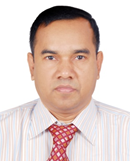 |
Prof. Alam Md. Mahbub |
| Harbin Institute of Technology | |
| http://homepage.hit.edu.cn/pages/alam | |
|
Title:Renewable energy from flow-induced oscillating body Abstract: Extraction of the renewable energy rapidly increases because of the recent research focus on ocean and wind energy. While the wind energy comes from the velocity of wind, the ocean energy is present in two forms, i.e., waves in the vertical direction and currents in horizontal direction. While the former is seasonal or dependent on weather, the latter is persistent. Energy can be harnessed continuously from horizontal ocean currents or from flowing wind by employing alternating lift force technologies. Fluid flow over structures (i.e., foils, circular, square, rectangular cylinders) produce alternating lift force due to complex fluid-structure interactions. The lift force generates vibration of the structure. Flow-induced vibration (FIV) involves different phenomena such as vortex-induced and galloping vibrations. Kinetic energy of a violently vibrating structure or structures can be converted into electricity, running a generator. Study suggests that fish can utilize ocean currents for thrust benefits, far more efficiently than the traditional rotary turbines. Fish can be modeled as NACA0012 airfoil. This lecture will encompass (i) energy extraction from flow-induced vibrations of cylindrical structures, and (ii) estimation of energy extraction from oscillating airfoils in the ocean current. |
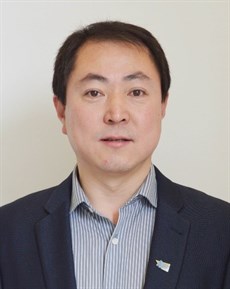 |
Prof. Wen-Ping Cao |
| School of Engineering and Applied Science, Aston University | |
| http://www.aston.ac.uk/eas/staff/a-z/prof-wen-ping-cao/ | |
|
Title: Reducing reliance on rare earth permanent magnets in developing motor drives for mass markets Abstract: Coming soon… |
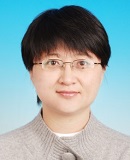 |
Prof. Fan Zhang |
| Chinese Academy of Sciences | |
| http://people.ucas.edu.cn/~zhangfan | |
|
Title: Coming soon… Abstract: Coming soon… |
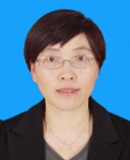 |
Prof. Guanghua Lu |
| Hohai University | |
| http://202.119.112.211/_s99/2018/0123/c9879a159334/page.psp | |
|
Title:Occurrence of nutrient contaminants and assessment of water quality in the two great rivers in China: A comparison study Abstract:The lower reaches of the Yangtze River is a highly fertile, populous and affluent region, and several water diversion projects were located at this section. The Yarlung Zangbo River is the highest river in the world, the cascade hydropower stations is being built in the middle and lower reaches of this river now. Based on the background of the water conservancy projects in the two rivers, the physical-chemical parameters in river water were investigated, the distribution of nutrient compounds in the water and sediments were determined, and the water qualities were compared among different sampling sites in the same river and between the two rivers. It was found that electrical conductivity, total phosphorus and total nitrogen (TN) were significantly higher in the Yangtze River than the Yarlung Zangbo River. The water bodies of the two rivers are rich in nitrogen and lean in phosphorus. According to the water quality identification index calculated, the comprehensive water quality at different sampling sites in the Yangtze River ranged from class I at S7 to class III at S9 (the rest are class II), which are all applicable for use as drinking water sources. However, the levels of NH3-N at most sites were higher than the standard of the corresponding class. The classes of the comprehensive water quality in all sampling sites in the Yarlung Zangbo River belonged to class I, except for two sites (class II), which are better than those in the Yangtze River in overall. It should be noted that the TN levels in all sampling sites in the Yarlung Zangbo River in the are higher than the standard of class II, and a significant nitrogen sink area was formed in the downstream of Zangmu dam. |
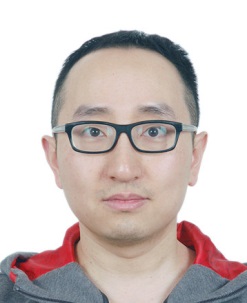 |
Prof. Yuheng Wang |
| Northwestern Polytechnical University | |
| https://orcid.org/0000-0002-1786-5970 | |
|
Title:How speciation of contaminants controls their mobility in Earth surface environments: cases of uranium and arsenic Abstract: Geogenic and anthropogenic contaminations of heavy metals and metalloids affect health of millions around the world. The mobility and bioavailability of these contaminants are controlled by their geochemical speciation in the environment, which are results from their geochemical cycles involving interactions between contaminants and minerals, organic matters and microorganisms. These interactions include, but not limited to, oxidation and reduction, surface complexation and precipitation, structure incorporation, carboxylation, methylation and thiolation. Among the spectrum of heavy metals and metalloids, uranium (U) and arsenic (As) deserve special attention due to their ubiquitous presence in Earth surface environments and their wide use by humanity for manufacturing weapons, fuels, pesticides, traditional medicines, etc…. In the framework of this keynote talk, studies to decipher the mechanism of U mobilization in a wetland and As contamination in deltaic aquifers are carried out. Their geochemical speciation is determined with the help of advanced spectroscopic and microscopic techniques that allow probing contaminated soils and sediments at molecular or nanometer scale. Based on these results, how U and As speciation controls their mobility in these environments are pinpointed. The results also showcase the power of combining field scale studies and microscale analytical techniques when tackling metals and metalloids contamination issues. |
Important Dates
- Paper submission due
October 31, 2018 - Conference date
November 19-21, 2018
Paper Submission
Attending the Conference
Best Paper / Reviewer
Contact us
- Email: secretary@iceeep.org
- Tel: +86-15927125823
- QQ: 3071319055